
Kaziranga National Park: The Realm of the Majestic One-Horned Rhino
Explore Kaziranga National Park: A UNESCO World Heritage Site in Assam, India, famed for its one-horned rhinoceros and rich biodiversity. Ideal for safaris and nature lovers.
Kaziranga National Park, located in the northeastern state of Assam, India, is a UNESCO World Heritage Site renowned for its incredible biodiversity. Spanning over 430 square kilometers, this park is a haven for wildlife enthusiasts and nature lovers alike. The park is home to the iconic one-horned rhinoceros, which roams freely in its lush grasslands and wetlands. Visitors often come here to witness these magnificent creatures in their natural habitat, along with tigers, elephants, and a variety of bird species. The park is divided into four main zones: Central (Kohora), Western (Bagori), Eastern (Agoratoli), and Burapahar. Each zone offers unique experiences, from jeep safaris to elephant rides, providing multiple ways to explore the park's diverse landscapes. Early morning and late afternoon safaris are particularly recommended for the best chances to see wildlife. The park also boasts a rich cultural heritage, with nearby villages offering a glimpse into the traditional lifestyles of the Assamese people. Kaziranga is not just about wildlife; it also offers breathtaking views of the Brahmaputra River and the surrounding hills. The park's proximity to the river ensures a lush, green environment year-round, making it a picturesque destination for photography. Whether you're an avid bird watcher, a wildlife photographer, or simply someone looking to escape into nature, Kaziranga National Park promises an unforgettable experience.
Local tips in Kaziranga National Park
- Visit between November and April for the best weather and highest wildlife visibility.
- Book your safaris in advance, especially during peak season, to ensure availability.
- Wear neutral-colored clothing to blend in with the environment and avoid startling wildlife.
- Carry insect repellent and sunblock to protect yourself from mosquitoes and sunburn.
- Stay in eco-friendly lodges nearby to enjoy the natural surroundings and support sustainable tourism.
Kaziranga National Park: The Realm of the Majestic One-Horned Rhino
Kaziranga National Park, located in the northeastern state of Assam, India, is a UNESCO World Heritage Site renowned for its incredible biodiversity. Spanning over 430 square kilometers, this park is a haven for wildlife enthusiasts and nature lovers alike. The park is home to the iconic one-horned rhinoceros, which roams freely in its lush grasslands and wetlands. Visitors often come here to witness these magnificent creatures in their natural habitat, along with tigers, elephants, and a variety of bird species. The park is divided into four main zones: Central (Kohora), Western (Bagori), Eastern (Agoratoli), and Burapahar. Each zone offers unique experiences, from jeep safaris to elephant rides, providing multiple ways to explore the park's diverse landscapes. Early morning and late afternoon safaris are particularly recommended for the best chances to see wildlife. The park also boasts a rich cultural heritage, with nearby villages offering a glimpse into the traditional lifestyles of the Assamese people. Kaziranga is not just about wildlife; it also offers breathtaking views of the Brahmaputra River and the surrounding hills. The park's proximity to the river ensures a lush, green environment year-round, making it a picturesque destination for photography. Whether you're an avid bird watcher, a wildlife photographer, or simply someone looking to escape into nature, Kaziranga National Park promises an unforgettable experience.
When is the best time to go to Kaziranga National Park?
Iconic landmarks you can’t miss
Manas National Park
Explore Manas National Park, a UNESCO World Heritage Site in Assam, rich in biodiversity, wildlife, and serene landscapes, perfect for nature lovers and adventurers.
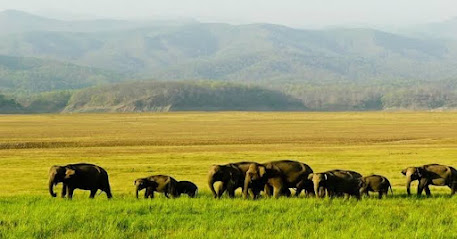
Kaziranga National Orchid and Biodiversity Park
Explore the rich biodiversity and stunning orchid collections at Kaziranga National Orchid and Biodiversity Park in Assam, a floral paradise for nature lovers.
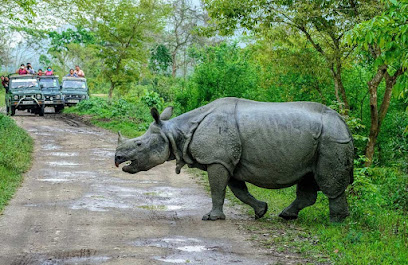
Borgos The Wild Haven, Kaziranga
Experience luxury in nature at Borgos The Wild Haven, the perfect resort for exploring Kaziranga National Park's breathtaking wildlife.
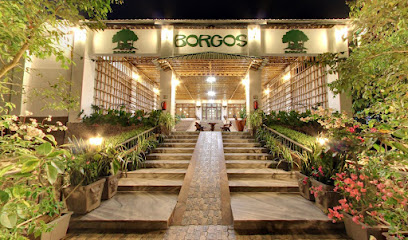
Chitralekha Udyan
Explore Chitralekha Udyan in Tezpur, Assam—a serene park perfect for relaxation, picnics, and enjoying nature's beauty.
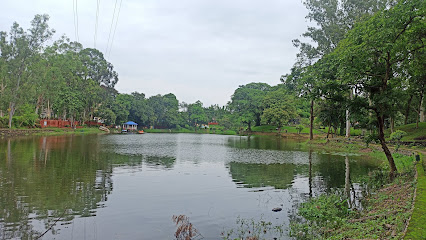
IORA The Retreat, Kaziranga
Experience luxury and nature intertwined at IORA The Retreat in Kaziranga National Park, a must-visit destination for wildlife enthusiasts.

Agnigarh
Discover the captivating allure of Agnigarh, a historical park in Tezpur, Assam, where nature meets rich cultural heritage and stunning landscapes.
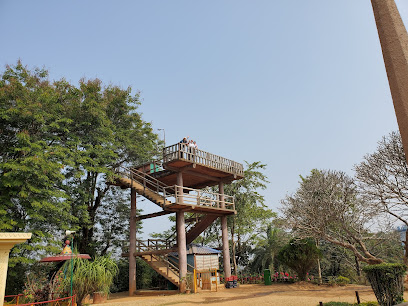
Kakochang Waterfall
Explore Kakochang Waterfall in Assam, a stunning natural attraction that captivates with its breathtaking beauty and serene landscapes.
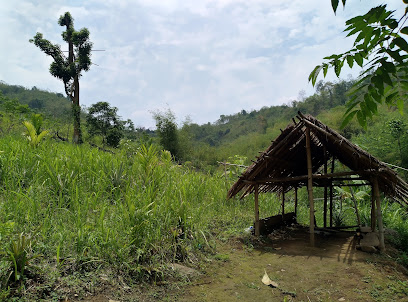
Mandu, The Escape Resort, Kaziranga
Discover tranquility and wildlife at Mandu, The Escape Resort in Kaziranga – where nature meets comfort and adventure awaits.
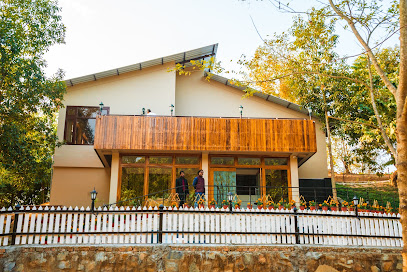
Nizora Park & Waterfall
Experience the tranquility of Nizora Park & Waterfall, a picturesque escape in Assam with lush greenery and stunning cascading water.
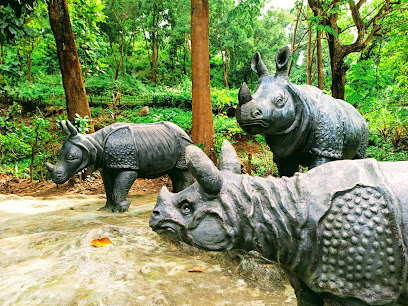
Kohora Charli,Central view Point,Kajiranga national park
Explore the breathtaking landscapes and rich wildlife of Kohora Charli, the central viewpoint of Kaziranga National Park, a UNESCO World Heritage Site.
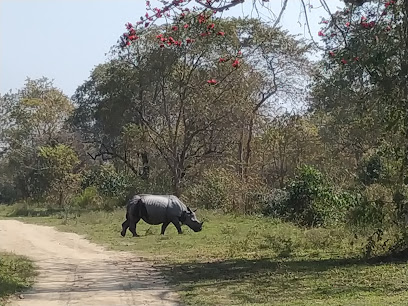
Nameri National Park And Forest Reserve
Discover the breathtaking landscapes and rich biodiversity of Nameri National Park, a hidden gem in Assam perfect for nature lovers and adventure seekers.
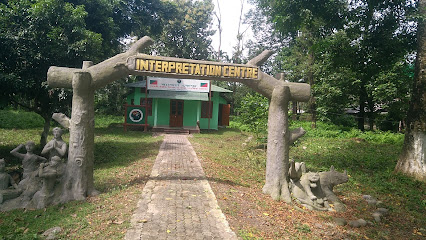
Kodom Bari Retreat, Kaziranga.
Discover the beauty of Kaziranga at Kodom Bari Retreat, combining luxury and nature for an unforgettable experience in Assam's wilderness.

The Orang National Park - Assam, India
Explore the enchanting Orang National Park, a wildlife haven in Assam, home to diverse species and stunning landscapes.
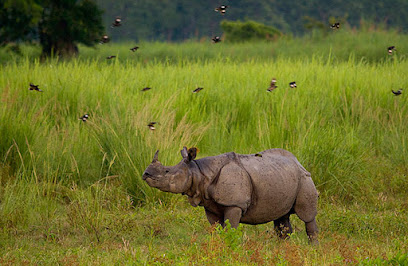
Kaziranga Resort
Discover the beauty of Kaziranga Resort, where comfort meets adventure in the heart of Assam's stunning national park.

Hollongapar Gibbon Sanctuary
Explore the serene beauty of Hollongapar Gibbon Sanctuary, home to India's only hoolock gibbons and a rich biodiversity waiting to be discovered.
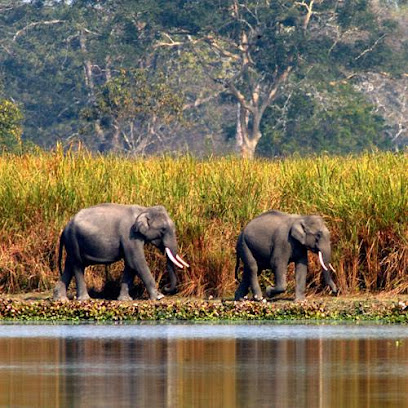
Unmissable attractions to see
Kakochang Waterfall
Discover the breathtaking beauty of Kakochang Waterfall in Assam, where nature's tranquility meets adventure in a stunning landscape.
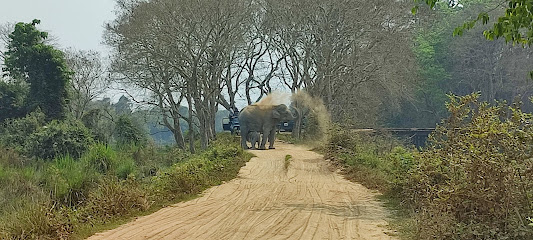
Nameri National Park And Forest Reserve
Explore the breathtaking beauty and rich biodiversity of Nameri National Park, a serene haven for wildlife enthusiasts and adventure seekers in Assam, India.
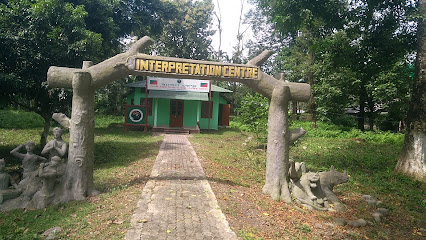
Kaziranga Western Range (Elephant Safari Point)
Experience the breathtaking wildlife of Kaziranga Western Range, a UNESCO World Heritage site known for its one-horned rhinos and rich biodiversity.
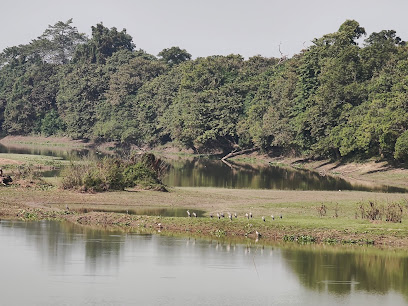
Bagori Elephant Ride Point
Experience the enchanting beauty of Assam with unforgettable elephant rides at Bagori Elephant Ride Point, near Kaziranga National Park.
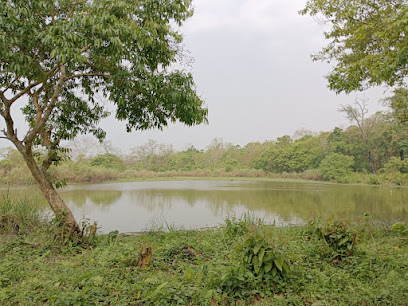
Eastern Range, Kaziranga
Explore the breathtaking biodiversity and stunning landscapes of Eastern Range, Kaziranga National Park, a natural wonder in Assam, India.
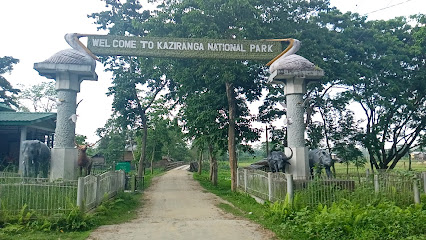
Bhalukjuri Waterfall
Immerse yourself in the natural beauty of Bhalukjuri Waterfall, a serene escape in Assam perfect for picnics and photography.
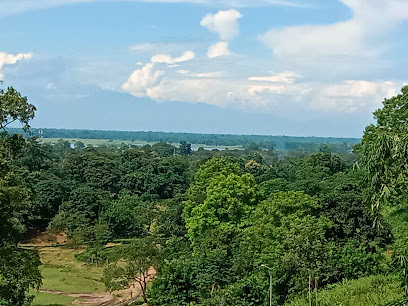
Karbi Block, Pothailangso Eco Camp
Experience nature at its best in Assam at Pothailangso Eco Camp, where eco-tourism meets breathtaking landscapes.

Camp Nampi (Previously Naturelust)
Discover the serene beauty of Camp Nampi in Kaziranga, where nature and adventure await in Assam's stunning wildlife haven.
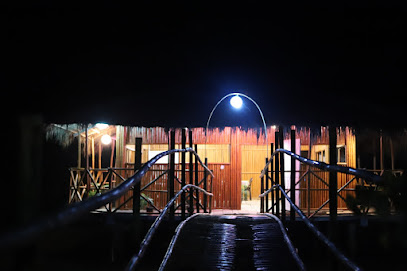
FESENGBOR ECO CAMP
Experience the essence of Assam's wildlife at Fesengbor Eco Camp, your gateway to the stunning Kaziranga National Park.
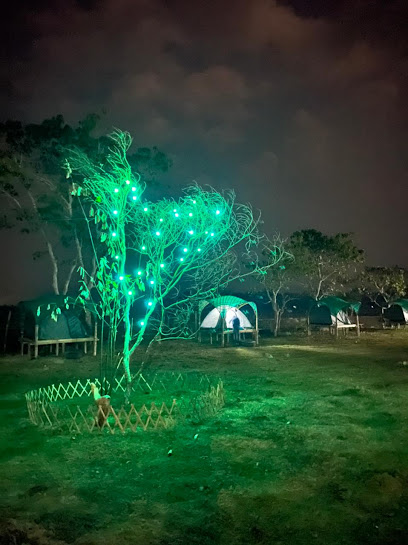
Silghat Picnic Ground
Discover the serene beauty of Silghat Picnic Ground in Assam, a perfect spot for relaxation and family picnics amidst nature's embrace.
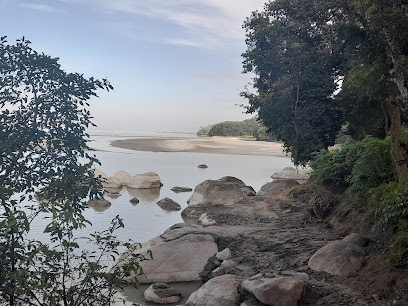
Kramsa Rock Garden ( Nampi )
Experience the tranquil beauty of Kramsa Rock Garden in Assam, a serene park with lush landscapes, camping spots, and delightful local cuisine.
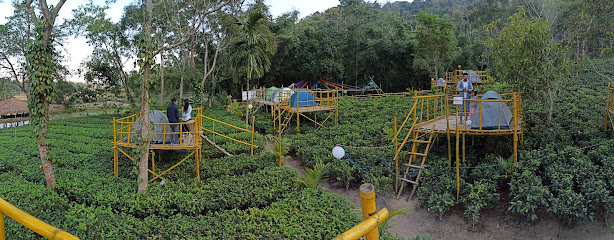
Kaziranga National Park View Point Watch Tower
Experience the breathtaking beauty and wildlife of Kaziranga National Park from the stunning View Point Watch Tower in Assam.
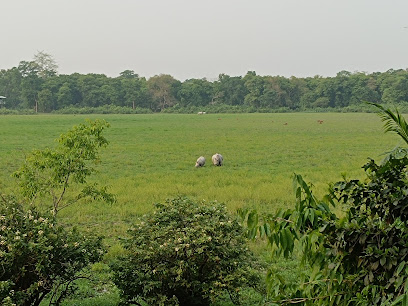
Hollong Eco Camp
Experience the tranquility and adventure of Hollong Eco Camp nestled in the breathtaking Kaziranga National Park, Assam, where nature meets comfort.

Forest Heritage IB
Discover the natural beauty and cultural heritage at Forest Heritage IB, a serene retreat in Assam's lush landscapes.
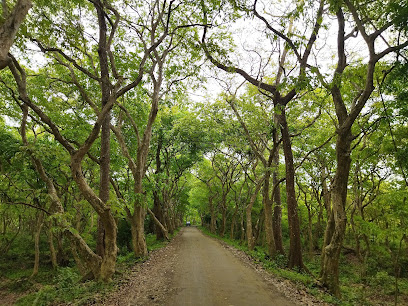
Kaziranga Tours & Travels
Explore Kaziranga National Park: Home of the One-Horned Rhinoceros and Rich Biodiversity in Assam, India.
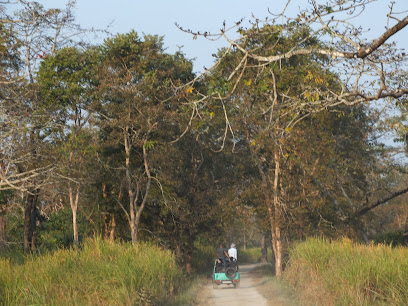
Essential places to dine
Borgos The Wild Haven, Kaziranga
Experience unparalleled luxury at Borgos The Wild Haven while exploring the breathtaking wildlife of Kaziranga National Park.

IORA The Retreat, Kaziranga
Discover luxury and wildlife at IORA The Retreat in Kaziranga National Park - a perfect blend of comfort and adventure.

Tesco Resort, Kaziranga
Discover tranquility at Tesco Resort in Kaziranga - your gateway to wildlife adventures and serene landscapes in Assam.
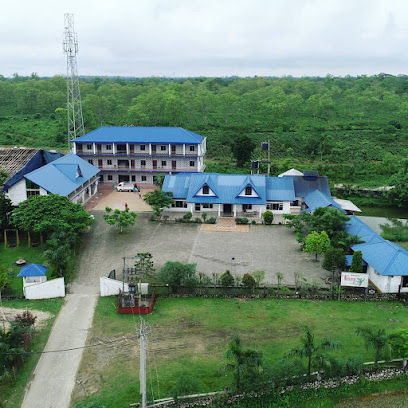
Maihang Restaurant Kaziranga
Experience the flavors of India and China at Maihang Restaurant, perfectly located near Kaziranga National Park amidst breathtaking natural beauty.
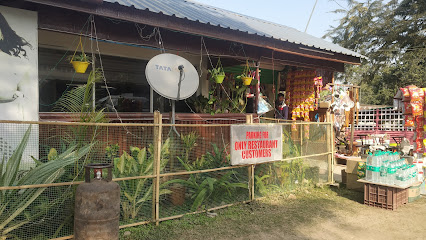
Kodom Bari Retreat, Kaziranga.
Experience luxury amidst nature at Kodom Bari Retreat in Kaziranga National Park – where adventure meets tranquility.
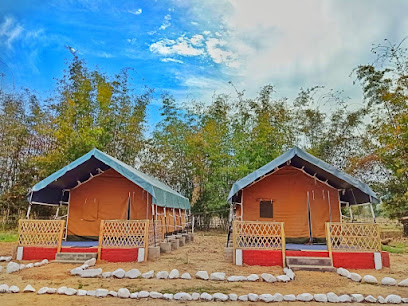
John's Kitchen
Experience authentic Chinese cuisine at John's Kitchen in Kohora, Assam, just moments away from the enchanting Kaziranga National Park.
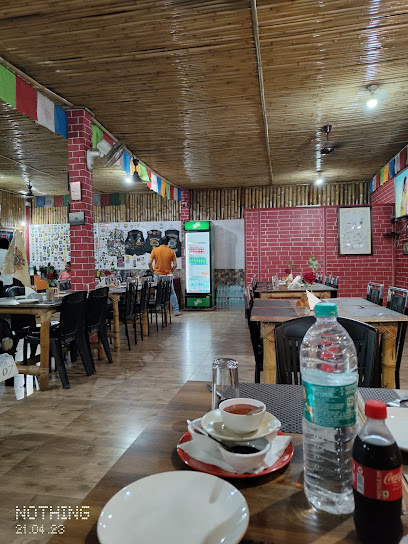
Dhanshree Resort
Immerse yourself in luxury and nature at Dhanshree Resort near Kaziranga National Park – your gateway to Assam's wildlife wonders.
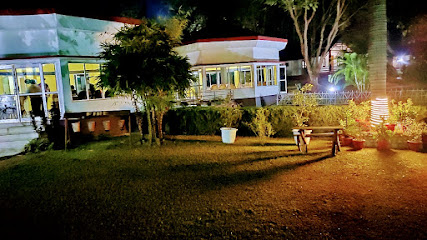
Kaziranga Resort
Experience nature's beauty at Kaziranga Resort near Kaziranga National Park - where luxury meets wildlife in Assam.

Bon Villa Retreat
Discover serene luxury at Bon Villa Retreat near Kaziranga National Park—your perfect getaway for wildlife adventures and relaxation in Assam.

Landmark Woods
Experience authentic Assamese cuisine amidst nature's beauty at Landmark Woods Resort Hotel in Kaziranga.
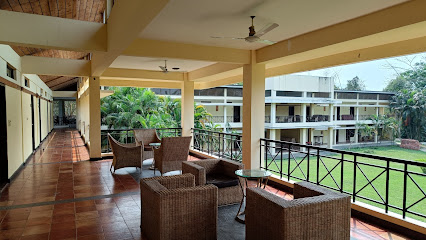
N.R. Resort
Experience tranquility at N.R. Resort in Assam, where comfort meets nature and authentic Asian cuisine delights your palate.
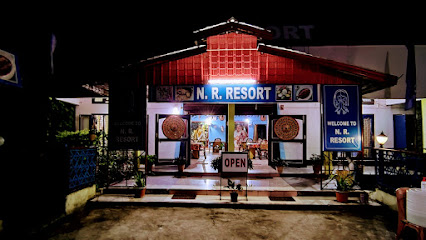
Wild Grass Kaziranga
Experience nature's splendor at Wild Grass Kaziranga, your ideal retreat near Assam's stunning Kaziranga National Park.
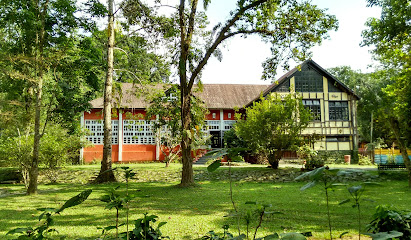
Lahéke Chai Café
Discover Lahéke Chai Café in Kaziranga National Park - where exquisite chai meets breathtaking nature.
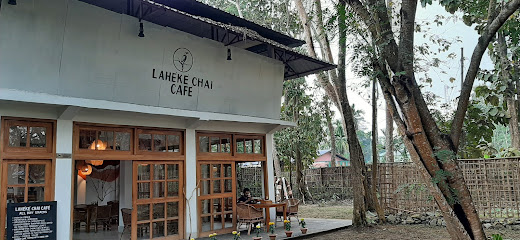
Diphlu River Lodge
Experience luxury amidst nature at Diphlu River Lodge near Kaziranga National Park – your gateway to Assam's rich wildlife and stunning landscapes.
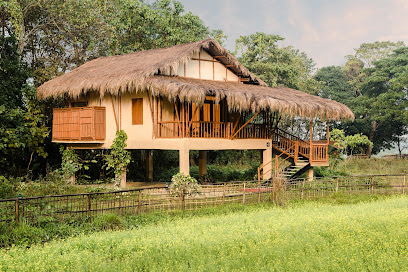
Kholong Restaurant
Experience the rich flavors of Assam at Kholong Restaurant, where traditional meets fast food in a jungle-themed setting.
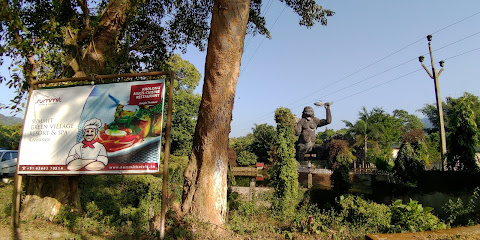
Markets, malls and hidden boutiques
Kaziranga National Park
Explore Kaziranga National Park – a UNESCO World Heritage Site, home to the one-horned rhinoceros and diverse wildlife in the heart of Assam.
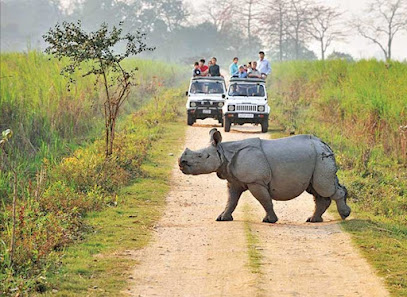
Borgos The Wild Haven, Kaziranga
Discover luxury and tranquility at Borgos The Wild Haven, your gateway to the wonders of Kaziranga National Park, Assam.
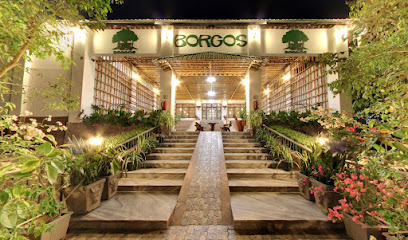
Kaziranga Main Entrance - Kaziranga Range, kohora
Explore the breathtaking Kaziranga National Park, home to the iconic one-horned rhinoceros and a treasure trove of wildlife in Assam, India.
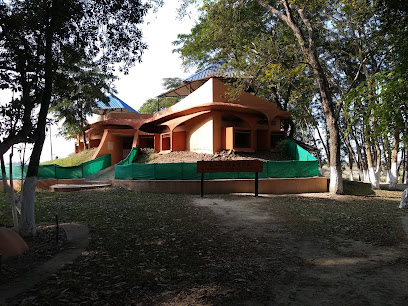
Kaziranga Western Range (Elephant Safari Point)
Discover the breathtaking biodiversity and majestic wildlife of Kaziranga Western Range, a UNESCO World Heritage site in Assam, India.
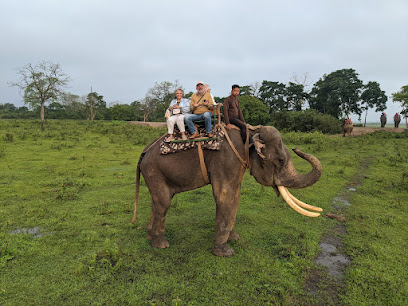
TRENDS
Discover the latest fashion trends at Trends in Biswanath Charali, offering a vibrant selection of casual wear and stylish outfits for everyone.

PRIYA COMMERCIAL - PET'S SHOP
Discover the ultimate pet shopping experience at Priya Commercial in Bokakhat, Assam, where every pet lover finds joy and companionship.
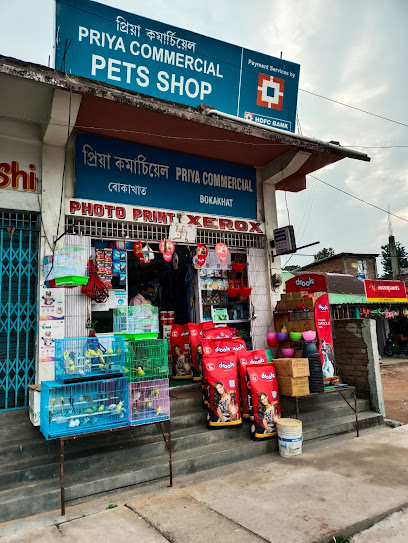
M Baazar Bokakhat
Discover M Baazar Bokakhat, your go-to department store in Assam for local crafts, modern essentials, and a vibrant shopping experience.

Babyhug Store Biswanath Chariali
Explore Babyhug Store in Biswanath Chariali for a vast selection of baby products, ensuring comfort and style for your little ones.

SMART Point
Discover the essence of Assamese cuisine at SMART Point, a premier grocery store in Biswanath Charali offering local flavors and essentials.
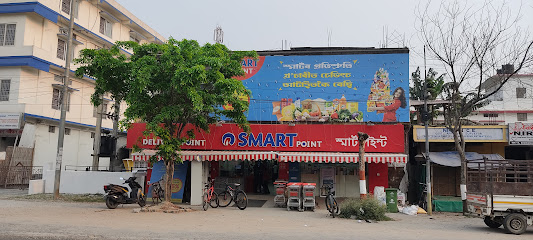
Reliance SMART Bazaar
Discover the essence of shopping at Reliance SMART Bazaar, a premier hypermarket in Biswanath Chariali offering a vast selection of groceries and household goods.

Fashion City
Explore the vibrant styles of Assam at Fashion City, where tradition meets modernity in a remarkable shopping experience.
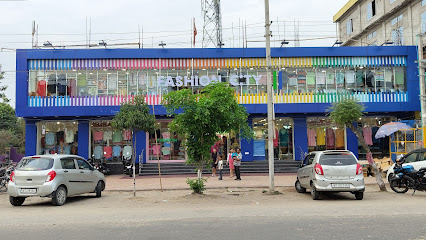
Goodwyn Tea Retail Outlet - Kaziranga
Experience the rich flavors of Assam at Goodwyn Tea Retail Outlet - your perfect stop for premium teas near Kaziranga National Park.

Chariali Glass House (KAJARIA &SOMANYTILES)
Explore Chariali Glass House in Biswanath Charali, Assam - a premier destination for exquisite ceramics and tiles showcasing local craftsmanship.
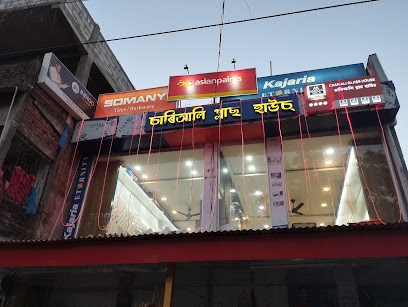
Deka Brothers @ Bokakhat
Discover the best in electronics and appliances at Deka Brothers, Bokakhat's favorite electronics store with local charm and quality service.

Devi Stores
Discover a world of flavors at Devi Stores, your go-to Indian grocery destination in Biswanath Charali, Assam, offering authentic spices and local delicacies.
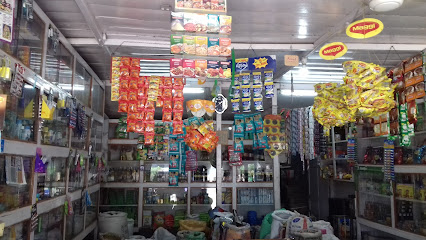
Essential bars & hidden hideouts
Borgos The Wild Haven, Kaziranga
Experience luxury and nature at Borgos The Wild Haven, a premier destination in Kaziranga National Park, ideal for relaxation and wildlife adventures.
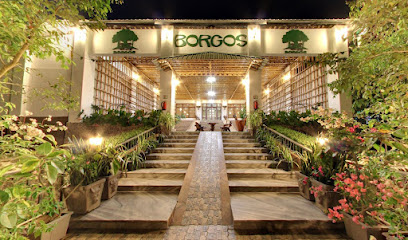
Maihang Restaurant Kaziranga
Experience the flavors of India and China at Maihang Restaurant, a family-friendly dining spot near Kaziranga National Park.
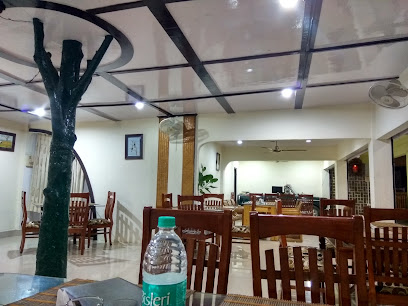
John's Kitchen
Experience the essence of Chinese cuisine in Kohora, Assam, at John's Kitchen, where flavor meets hospitality amidst nature's beauty.

N.R. Resort
Experience the tranquil charm of N.R. Resort in Assam, where comfort meets authentic Asian cuisine amidst stunning natural beauty.

Foxtail Orchid, Kaziranga
Experience the Best of Assamese Cuisine at Foxtail Orchid in Kaziranga, Surrounded by Scenic Beauty and Recreational Facilities.

Pelican Dhaba Cum Restaurant
Explore the rich flavors of Assamese cuisine at Pelican Dhaba Cum Restaurant in Kohora, where tradition meets taste in a casual setting.
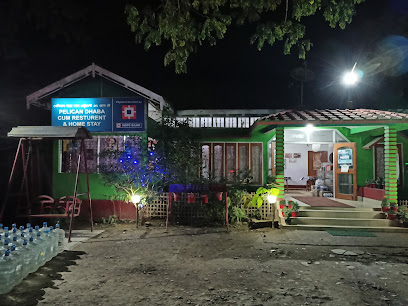
Green Ashiyana Resort
Discover tranquility and local flavors at Green Ashiyana Resort, your gateway to the beauty of Kaziranga National Park.
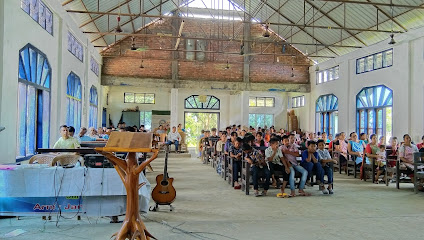
Hornbill Kaziranga
Discover the flavors of Assam at Hornbill Kaziranga, where every dish tells a story of tradition and taste.
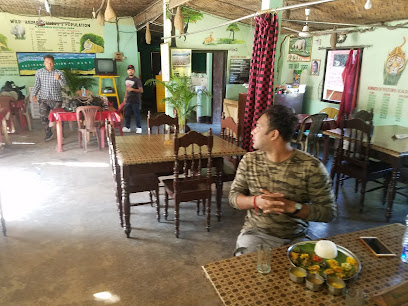
Baankahi
Experience the essence of Assamese cuisine at Baankahi, the perfect restaurant for food lovers in Kohora, Assam.

DIORA The Retreat, Kaziranga
Discover the flavors of Assam at DIORA The Retreat, a cozy dhaba near Kaziranga National Park, offering authentic local cuisine in a welcoming atmosphere.
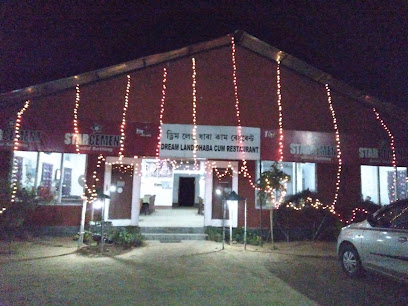
Jungleciti Continental AC Restaurant, Kaziranga
Discover culinary delights at Jungleciti Continental AC Restaurant, your perfect dining companion near Kaziranga National Park.
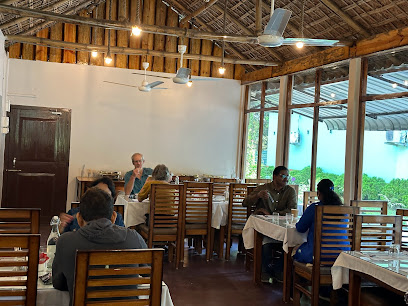
Charaideo Bar cum Restaurant
Discover the vibrant flavors of Assam at Charaideo Bar cum Restaurant, where traditional cuisine meets a lively atmosphere.
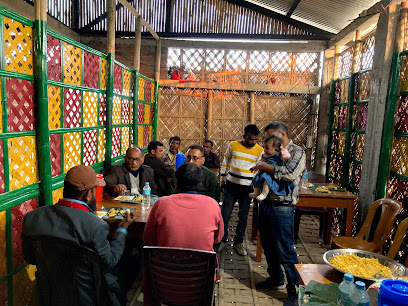
Krishnangi Resturant Cum Bar
Experience the vibrant flavors and lively atmosphere at Krishnangi Restaurant Cum Bar in Deusur Sang, Assam - a true culinary gem.
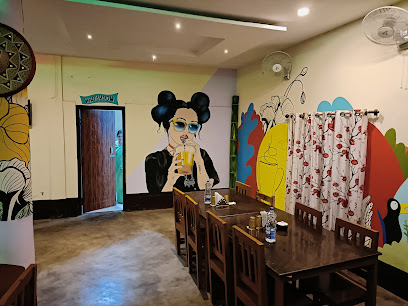
Rhinorica Multicuisine Restaurant
Experience the flavors of India and beyond at Rhinorica Multicuisine Restaurant in Kaziranga, Assam, where every meal is a celebration.
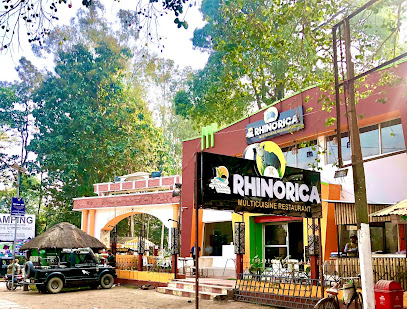
Jungles wine s bar
Experience the charm of Kaziranga at Jungles Wine Bar, where fine wines meet local culture in a tranquil setting.
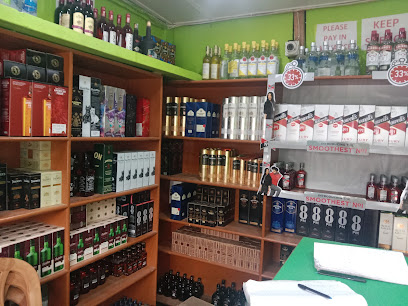
Local Phrases about Kaziranga National Park
-
- Helloনমস্কাৰ
[nomoskar] - Goodbyeবিদাই
[bidai] - Yesহয়
[hoi] - Noনহয়
[nohoi] - Please/You're welcomeঅনুগ্ৰহ কৰি/স্বাগতম
[onugroh kori/swagotom] - Thank youধন্যবাদ
[dhonobad] - Excuse me/Sorryদুঃখিত/দুঃখদ
[dukhito/dukhod] - How are you?আপুনি কেনে আছে?
[apuni kene asse?] - Fine. And you?ভাল আছো। আৰু আপুনি?
[bhal aso. aru apuni?] - Do you speak English?আপুনি ইংৰাজী ভাষা কলে?
[apuni ingraji bhasha kole?] - I don't understandমোক বুজি নাই
[mok buji nai]
- Helloনমস্কাৰ
-
- I'd like to see the menu, pleaseমোৰ বাবে মেনু দেখাব লাগিব
[mor babe menu dekhab lagib] - I don't eat meatমোকে মাংস খাওৱা নাই
[moke mas khaowa nai] - Cheers!চিয়াৰ্স!
[cheers!] - I would like to pay, pleaseমোৰ বাবে টকা দিব লাগিব
[mor babe toka dib lagib]
- I'd like to see the menu, pleaseমোৰ বাবে মেনু দেখাব লাগিব
-
- Help!সাহায্য!
[sahayyo!] - Go away!যাওক!
[jaoko!] - Call the Police!পুলিচ কেনে বুজাওক!
[police kene bujauko!] - Call a doctor!ডাক্তাৰ কেনে বুজাওক!
[doctor kene bujauko!] - I'm lostমোক হাৰিছে
[mok hariche] - I'm illমোক অসুস্থ
[mok osustho]
- Help!সাহায্য!
-
- I'd like to buy...মোৰ বাবে ... কিনিব
[mor babe ... kinib] - I'm just lookingমোক মাত্ৰ দেখিছো
[mok matro dekhicho] - How much is it?এটা কতি মুল্য?
[eta koti mulyo?] - That's too expensiveএইটো বহুত মহঙ্গা
[eito bohuto mohonga] - Can you lower the price?দাম কমাই পাৰিব নেকি?
[dam komai parib neki?]
- I'd like to buy...মোৰ বাবে ... কিনিব
-
- What time is it?কি সময় হৈছে?
[ki somoy hoise?] - It's one o'clockএটা এখন আটাৰ
[eta ekhon ator] - Half past (10)দহফতৰ
[dhopotor] - Morningবেলি
[beli] - Afternoonবিলাস
[bilash] - Eveningসাঁঝ
[sajh] - Yesterdayকাল
[kal] - Todayআজি
[azi] - Tomorrowকালত
[kalot] - 1এক
[ek] - 2দুই
[dui] - 3তিনি
[tini] - 4চাৰু
[charu] - 5পাঁচ
[pach] - 6ছয়
[choi] - 7সাত
[sat] - 8আঠ
[ath] - 9নয়
[noi] - 10দহ
[doh]
- What time is it?কি সময় হৈছে?
-
- Where's a/the...?... কোথাওঁ আছে?
[... kothawo asse?] - What's the address?ঠিকনাম কি আছে?
[thiknam ki asse?] - Can you show me (on the map)?মোক দেখাব পাৰিব নেকি?
[mok dekhab parib neki?] - When's the next (bus)?পৰা বাবে কি পৰা আছে?
[pora babe ki pora asse?] - A ticket (to ....)এটা টিকেট (.... লৈ)
[eta ticket (.... loi)]
- Where's a/the...?... কোথাওঁ আছে?
History of Kaziranga National Park
-
Kaziranga National Park, located in the Indian state of Assam, has a rich history dating back to the early 20th century. The area was first recognized for its ecological importance and biodiversity by Mary Victoria Leiter Curzon, the wife of the Viceroy of India, Lord Curzon. In 1904, she visited the region but was disappointed not to see a single rhinoceros, which led to her urging her husband to take measures to protect the diminishing species. Consequently, in 1905, Kaziranga was declared a 'Proposed Reserve Forest,' marking the beginning of its journey toward becoming a national park.
-
In 1916, Kaziranga was designated as a 'Reserve Forest,' and later, in 1926, it was upgraded to the status of a game sanctuary. This transition was pivotal in the history of the park as it provided a legal framework for the protection of its wildlife, especially the Indian rhinoceros, which had been facing severe threats from poaching and habitat loss. The sanctuary status helped in implementing stricter regulations and anti-poaching measures.
-
Recognizing the need for even more stringent protection, Kaziranga was declared a wildlife sanctuary in 1950. This change was crucial as it prohibited hunting and other activities that could harm the wildlife. The sanctuary status also attracted the attention of conservationists and wildlife enthusiasts, leading to increased efforts in research and conservation.
-
Kaziranga achieved the status of a national park in 1974, which marked a significant milestone in its history. This elevation not only brought more attention and resources but also helped in further strengthening the conservation efforts. The park was expanded, and more rigorous measures were put in place to protect its diverse flora and fauna, including the iconic one-horned rhinoceros.
-
In 1985, Kaziranga National Park was inscribed as a UNESCO World Heritage Site due to its exceptional natural beauty and significant habitat for biodiversity. This global recognition underscored the importance of Kaziranga as one of the world's most important conservation areas. The UNESCO status also brought international support and funding, which has been instrumental in ongoing conservation initiatives.
-
Kaziranga is not only a haven for wildlife but also holds cultural significance for the local communities. The park is home to several indigenous tribes, including the Karbi and Mising tribes, who have coexisted with the environment for centuries. Their traditional knowledge and practices have contributed to the conservation of the park's ecosystems. The annual Bihu festival, celebrated with great fervor by the Assamese people, reflects the deep cultural connection between the local communities and their natural surroundings.
-
Today, Kaziranga National Park is at the forefront of wildlife conservation in India. Various contemporary conservation efforts are underway, including anti-poaching operations, habitat restoration, and community engagement programs. The park authorities work closely with local and international organizations to monitor wildlife populations, manage human-wildlife conflict, and promote sustainable tourism. These efforts ensure that Kaziranga continues to thrive as a biodiversity hotspot and a symbol of successful conservation.
Kaziranga National Park Essentials
-
Kaziranga National Park is located in the state of Assam, India. The nearest airport is Jorhat Airport, approximately 97 kilometers away. Guwahati's Lokpriya Gopinath Bordoloi International Airport, about 217 kilometers away, also serves as a major gateway. From these airports, you can hire a taxi or take a bus to Kaziranga. The nearest railway station is Furkating, around 75 kilometers from the park. Regular buses and taxis are available from nearby cities like Guwahati, Jorhat, and Tezpur.
-
Within Kaziranga National Park, the primary mode of transportation is by jeep safari or elephant safari, which allows you to explore the park's diverse wildlife and landscapes. Private taxis are also available for hire to get around the local area. For intercity travel, buses and shared taxis connect Kaziranga to nearby cities and towns.
-
The official currency in India is the Indian Rupee (INR). Credit and debit cards are accepted in many hotels and larger restaurants, but it is advisable to carry cash, especially for smaller transactions and in rural areas. ATMs are available in nearby towns such as Kohora and Bokakhat, but it is recommended to withdraw sufficient cash before entering the park.
-
Kaziranga National Park is generally a safe destination for tourists. However, it is advisable to take standard precautions such as avoiding isolated areas after dark and keeping an eye on your belongings in crowded places. There are no specific high-crime areas targeting tourists, but always stay vigilant and aware of your surroundings.
-
In case of emergency, dial 112 for immediate assistance. The park has its own medical facilities and first-aid centers. It is recommended to have travel insurance that covers medical emergencies. For minor health issues, there are pharmacies in nearby towns like Kohora and Bokakhat where you can purchase over-the-counter medications.
-
Fashion: Do wear light, breathable clothing suitable for the tropical climate. Avoid bright colors that may startle wildlife. Religion: Do respect local customs and traditions. Public Transport: Do be respectful and follow the guidelines provided by safari guides. Don't litter inside the park. Greetings: Do greet people with a 'Namaste' or a simple handshake. Eating & Drinking: Do try local Assamese cuisine and accept food offerings graciously. Don't waste food, as it is considered impolite.
-
To experience Kaziranga National Park like a local, visit the nearby villages and interact with the local communities. Participate in traditional Assamese cultural activities such as Bihu dance performances. Don't miss the opportunity to visit nearby tea plantations and taste freshly brewed Assamese tea. Engage with local guides who can provide in-depth knowledge about the park's flora and fauna.
Trending Landmarks in Kaziranga National Park
-
Manas National Park
-
Kaziranga National Orchid and Biodiversity Park
-
Borgos The Wild Haven, Kaziranga
-
Chitralekha Udyan
-
IORA The Retreat, Kaziranga
-
Agnigarh
-
Kakochang Waterfall
-
Mandu, The Escape Resort, Kaziranga
-
Nizora Park & Waterfall
-
Kohora Charli,Central view Point,Kajiranga national park
-
Nameri National Park And Forest Reserve
-
Kodom Bari Retreat, Kaziranga.
-
The Orang National Park - Assam, India
-
Kaziranga Resort
-
Hollongapar Gibbon Sanctuary
Nearby Cities to Kaziranga National Park
-
Things To Do in Kohima
-
Things To Do in Guwahati
-
Things To Do in Shillong
-
Things To Do in Trashigang
-
Things To Do in Imphal
-
Things To Do in Mongar
-
Things To Do in Sylhet
-
Things To Do in Jakar
-
Things To Do in Bumthang
-
Things To Do in Trongsa
-
Things To Do in Aizawl
-
Things To Do in Wangdue Phodrang
-
Things To Do in Punakha
-
Things To Do in Agartala
-
Things To Do in Thimphu











